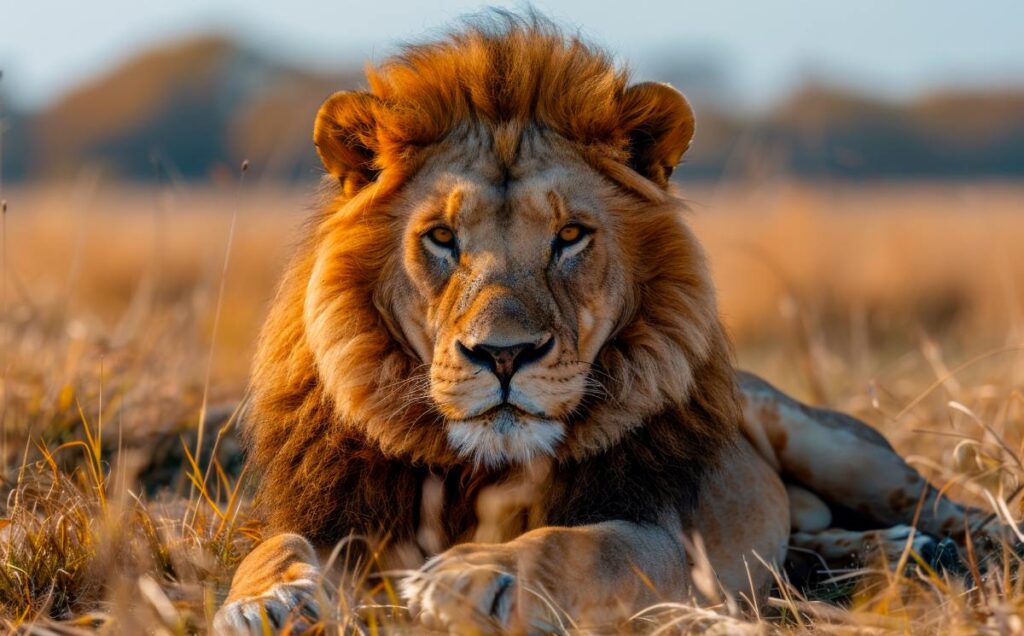
Tanzania. Just saying the name conjures up images of endless plains, lions lounging under acacia trees, and snow-capped Kilimanjaro rising in the background. But the country is far more layered than the safari brochures make it look. Yes, the wildlife is astonishing, but there’s also music, history, spice markets, and a coastline that rivals any island getaway. If you’re planning a trip – or even just daydreaming – here’s everything you need to know before you go.
Where Tanzania Is
Tanzania sits in East Africa, bordered by Kenya and Uganda to the north, Rwanda, Burundi, and the Democratic Republic of Congo to the west, and Zambia, Malawi, and Mozambique to the south. To the east? The Indian Ocean, with beaches and islands that feel like another world entirely. Dar es Salaam is the commercial hub, though Dodoma is the official capital.
Geography here is diverse to the point of being almost unfair: mountains, lakes, savannah, and tropical coasts all packed into one country.
The Big Draw: Wildlife
Let’s be honest – the main reason most travellers come is for safari. And with good reason. Serengeti National Park is famous for the Great Migration, where over a million wildebeest and zebra thunder across the plains in search of water and grazing. Add Ngorongoro Crater, Tarangire, and Ruaha, and you’ve got wildlife viewing that’s difficult to rival anywhere else on Earth.
If you’re planning your route, look into packages that explore iconic parks in Tanzania. These give you the chance to experience multiple ecosystems, from crater lakes to baobab-studded savannah.
Kilimanjaro: The Roof of Africa
At 5,895 metres, Mount Kilimanjaro is Africa’s tallest mountain and one of the Seven Summits of the world. What makes it unique is its accessibility – climbers don’t need ropes or technical skills to reach the summit, just stamina, preparation, and a healthy respect for altitude. Routes vary in length and difficulty, but all take you through dramatically different ecosystems: rainforest, moorland, alpine desert, and finally, the icy summit.
For many travellers, combining a trek with a safari is the ultimate Tanzania adventure.
Zanzibar and the Coast
Not everyone comes to Tanzania for trekking and wildlife. Zanzibar Island (technically part of the Zanzibar Archipelago) offers pristine beaches, spice farms, and the atmospheric Stone Town with its carved wooden doors and winding alleys. It’s the place to relax after days of early morning game drives.
On the mainland coast, quieter beaches like Pangani and Bagamoyo provide alternatives to Zanzibar while still giving you turquoise seas and laid-back vibes.
Culture and People
With over 120 ethnic groups, Tanzania is incredibly diverse. Swahili is the unifying national language, but you’ll hear dozens of others depending on where you travel. The people are famously warm and welcoming – hospitality is ingrained in the culture.
Music and dance are everywhere, from traditional drumming to Bongo Flava, the country’s homegrown pop genre. Festivals in Zanzibar showcase this cultural blend beautifully, mixing African, Arab, and Indian influences.
History With Depth
Tanzania’s history is long and complex. Sites like Olduvai Gorge reveal fossils that trace human evolution back nearly two million years. More recently, Zanzibar played a central role in the spice trade and the East African slave trade, histories that can still be felt in Stone Town.
Post-independence, Tanzania became known for its political stability in a region often marked by upheaval. Julius Nyerere, the country’s first president, remains a respected figure for his philosophy of Ujamaa – an attempt at African socialism rooted in community.
When to Visit
Timing your trip matters. The dry season (June to October) is the best for safaris, with wildlife concentrated around water sources and clear skies for Kilimanjaro climbs. December to February is also popular, though hotter and more humid. The long rains come in April and May, making some roads muddy and game viewing more difficult.
That said, “off-season” has its advantages: fewer crowds and lush, green landscapes that are beautiful in their own right.
Practical Travel Tips

- Currency: The Tanzanian shilling is official, but US dollars are widely accepted in tourism.
- Visas: Many nationalities can obtain visas on arrival, though it’s worth checking in advance.
- Health: Malaria is present, so prophylaxis is recommended. Yellow fever vaccination may be required depending on your travel history.
- Transport: Domestic flights are common for covering large distances quickly. On the ground, private transfers are far more comfortable than dala-dalas (shared minibuses).
Beyond the Highlights
It’s tempting to think of Tanzania only in terms of its biggest attractions, but the country rewards travellers who dig deeper. Ruaha National Park offers a wilder, less crowded safari experience. Mafia Island is incredible for diving, with whale sharks and pristine coral reefs. The Usambara Mountains, often overlooked, provide lush hiking trails and authentic encounters with local communities.
These less-visited places often end up being the most memorable.
Final Thoughts
Tanzania isn’t just one story – it’s many. It’s lions in the Serengeti, climbers on Kilimanjaro, the scent of cloves in Zanzibar’s markets, and fishermen casting nets along the Indian Ocean coast. It’s history carved into Stone Town, music that fills the streets, and landscapes that seem to shift every few hours.
If you’re considering a trip, go with curiosity and a willingness to see beyond the highlights. Because Tanzania isn’t just about what you expect – it’s about the moments you didn’t see coming.

